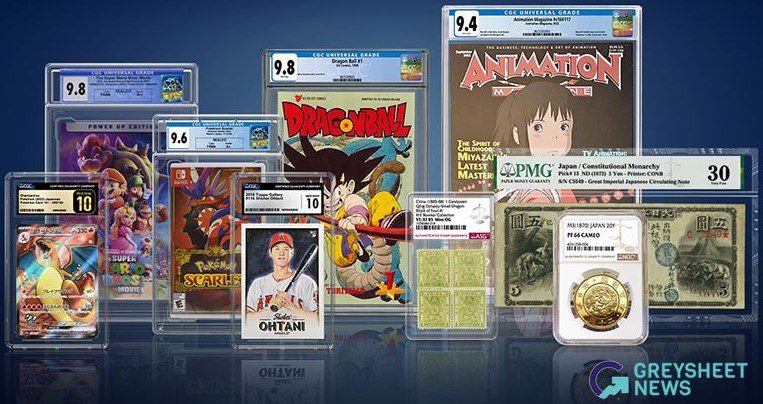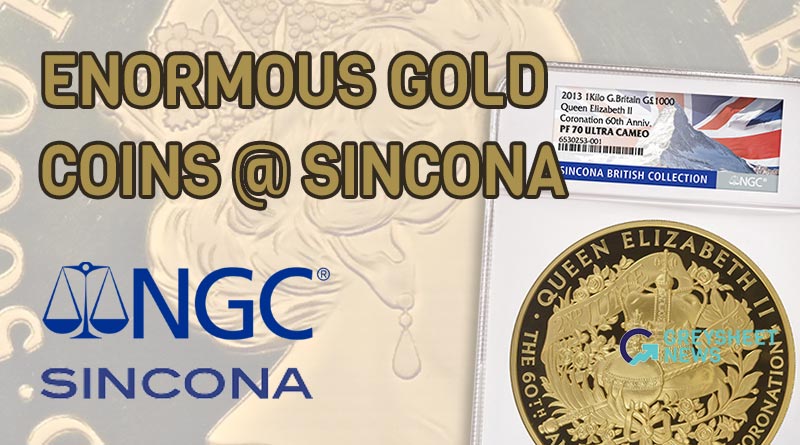PRESS RELEASE: NGC Certifies Rare British Pattern Crown
SARASOTA, FLA. (May 2, 2017) — Numismatic Guaranty Corporation® (NGC®) has certified one of only two known Great Britain 1950 Pattern Crowns. It is graded NGC MS 63.
The 1950 Pattern Crowns were struck as the United Kingdom prepared to release a new crown coin in 1951 after a 13-year hiatus. The 1951 Crown was to be the first struck in copper-nickel; earlier crowns were minted in silver. It would also feature an edge inscription to celebrate the Festival of Britain, a large exhibition that would be held that summer.
The use of a new composition as well as the addition of edge lettering made it necessary for the Royal Mint to conduct extensive tests. Coins that are struck to test a new design or composition are called “patterns,” while coins that are struck to test dies are called “trials.” This distinction can be difficult to make, however, when the mint is testing all of the above, as was the case with the 1950 Pattern Crowns.
In the modern era, patterns and trials are almost always retained or destroyed by the mint. Two of the 1950 Crown Patterns, however, are now known to exist in private collections, and one was recently submitted to NGC for authentication and grading.
The 1950 Crown patterns were struck before the 1951 Festival of Britain dies were completed. The Royal Mint, therefore, used leftover 1937 Crown obverse and reverse dies as well as an edge lettering collar that had been used to strike Maria Theresa Thaler restrikes in the 1940s. This odd pairing was likely one of convenience; the Royal Mint simply needed a collar that fit the diameter of the crown dies.
Besides its unusual edge, this test piece also features the number “120” delicately etched into the obverse field in front of King George’s face. This number was hand-engraved by Royal Mint staff after the piece was made to represent the tonnage setting of the press used to strike it. This engraving helped the workers differentiate between the various test pieces.
The trials struck in 1950 to prepare for the 1951 Crown were not known to numismatists until they were reported by Stephen Hill in the Numismatic Circular in October 1998, nearly five decades after their creation. A mint worker likely saved these pieces from destruction at the time and they were later acquired by numismatists. Today, these interesting and important numismatic artifacts provide a rare glimpse into the inner workings of the Royal Mint in the mid-20th century.
About Numismatic Guaranty Corporation® (NGC®)
NGC, the world’s largest and most respected third-party coin grading service, was founded in 1987. From the beginning, NGC has committed itself to developing an impartial, trusted standard of consistent and accurate grading. To uphold this commitment, NGC’s full-time grading professionals are no longer active in the commercial coin marketplace, and are prohibited from buying or selling coins to ensure impartiality. As NGC has grown to become the leader in third-party grading services, we have maintained a steadfast and uncompromising commitment to this standard. Learn more at NGCcoin.com.

Download the Greysheet app for access to pricing, news, events and your subscriptions.










